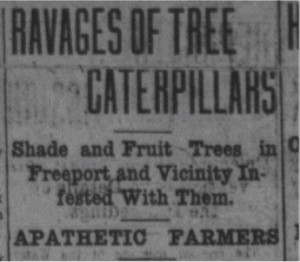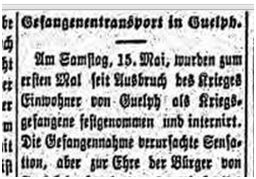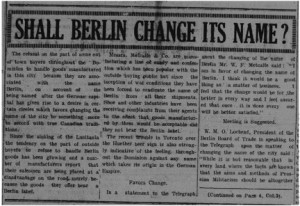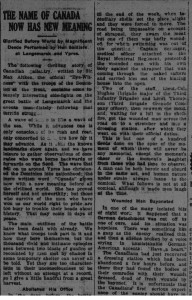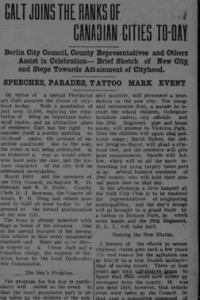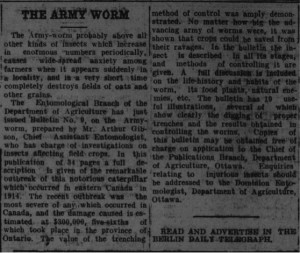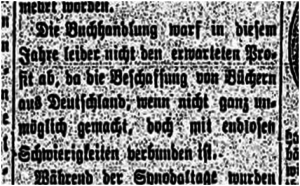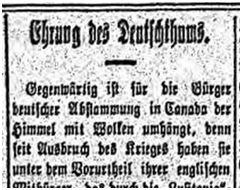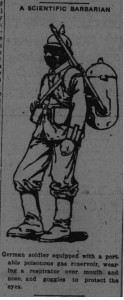Although Waterloo Region farmers were likely alert for a resurgence of the army worm in early June, another insect, the tree caterpillar, was busy damaging local trees. The pest was not unknown to the region, but in late May and early June of 1915, the caterpillars were far more numerous than usual and caused a considerable disturbance in the region..
On June 3rd, the Waterloo Chronicle-Telegraph reported that the tree caterpillar had become the primary concern of the Freeport area of the region. Local farmers found their shade and fruit trees over run and had even resorted to burning infested trees with torches. The outbreak even caused ill will against farmers who were not active in the fight against the caterpillar. Speaking to the Chronicle Telegraph, one Freeport farmer went as far to say that he had made it known to his neighbors that those who did not fight the insects on their own property would be “made to suffer.”
By mid-June, the local outbreak of tree caterpillars was still well underway. Many local trees had been stripped of their leaves and blossoms. In the case of fruit trees, this was a considerable concern for local farmers and the economy in general. On June 12th, the Berlin Daily Telegraph reported on the outbreak, noting accusations of apathy by famers in their efforts to kill the insects. The Department of Agriculture was still investigating the outbreak, but a representative for the agency recommended to the Telegraph that its readers spray their trees with a solution of arsenate of lead, a common insecticide of the period.
(“Ravages of the Tree Caterpillars,” Ayr News, 3 June 1915; “Fighting the Caterpillar,” Berlin Daily Telegraph, 12 June 1915.)
Ayr News, 3 June 1915; “Fighting the Caterpillar,” Berlin Daily Telegraph, 12 June 1915.)
